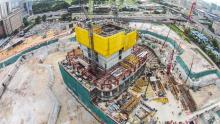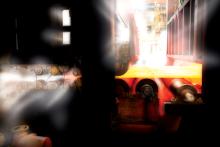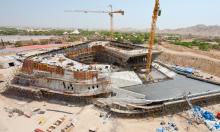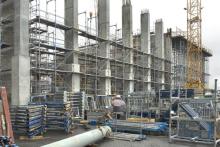
SC wall comprises two steel plates with shear studs welded on the inner surface. A grid of tie bars connects these steel plates, and the whole structure is infilled with concrete on site. When using the SC method, it is possible to significantly reduce the on-site construction schedule compared to traditional cast-in-situ reinforced concrete. This method is especially effective in heavy-reinforced structures like nuclear power plants. In addition, conventional bar reinforcement and temporary formwork are unnecessary.
With the full support of the European Union and the main French nuclear owners (EDF, CEA and ORANO), the SC construction method was tested in a full-scale pilot project (SCHEDULE project) by building a replica of the EDF’s diesel generator building for nuclear power plants. This project has received funding from the Research Fund for Coal and Steel under grant agreement 800732. This building was constructed in the EDF testing area in Les Renardières, France.
Peikko, a leading global supplier of concrete connections and composite structure, manufactured all steel structures for this building. Bouygues Construction Expertises Nucléaires, a subsidiary of Bouygues Travaux Publics, carried out site work. The on-site construction of the building structure lasted only five months. The conclusion was a great success in terms of performance and is highly promising for the future of this SC technology.
”The target for this contract is to get Bouygues and Peikko strongly involved in growing the European market for new Nuclear projects and especially for new EPR and SMR, which are currently in the development phase worldwide”, says Raimo Lehtinen, Business Director, Peikko Group Corporation.








